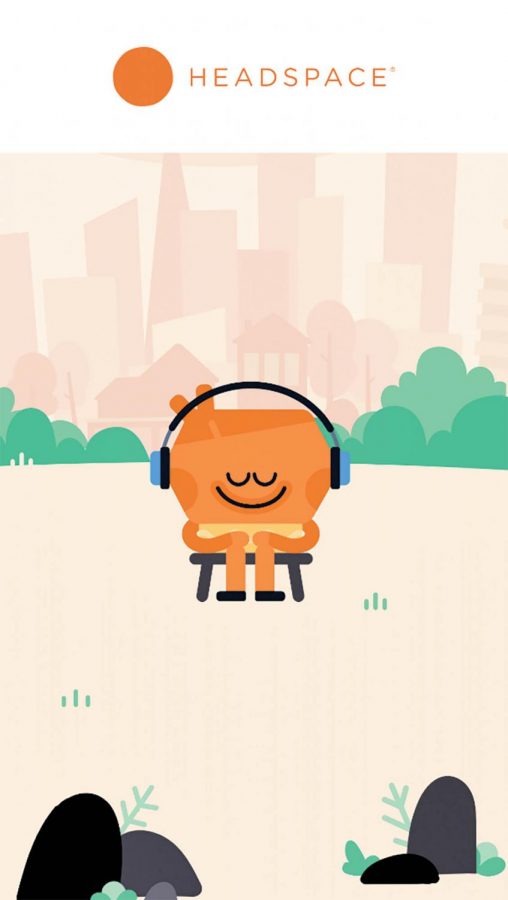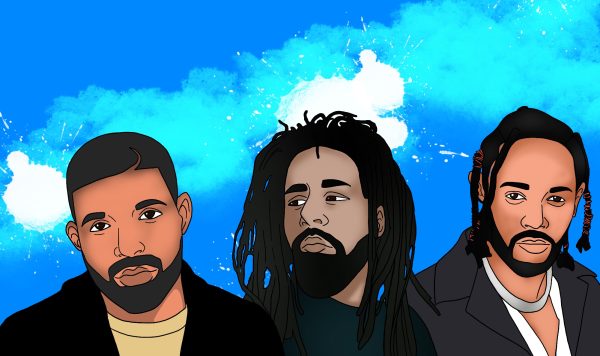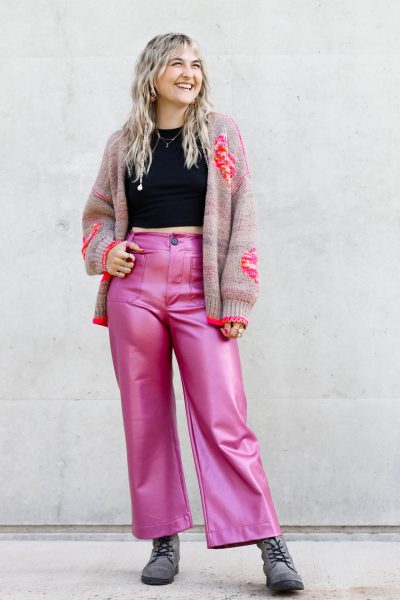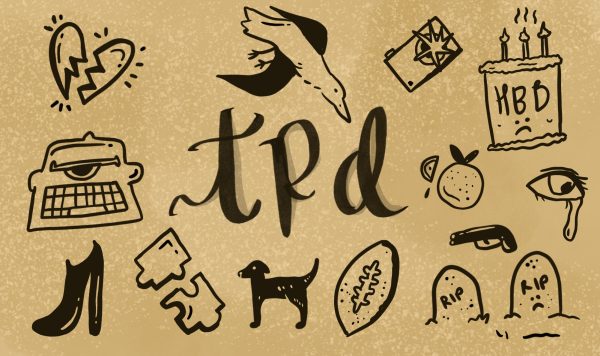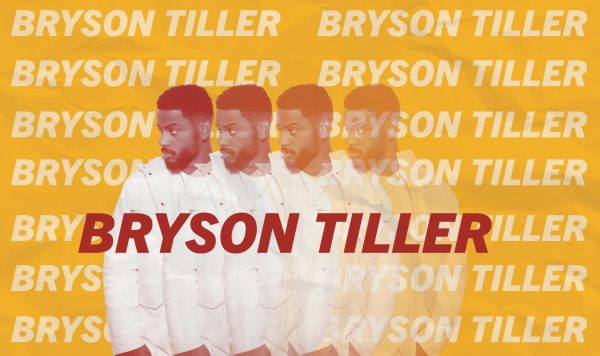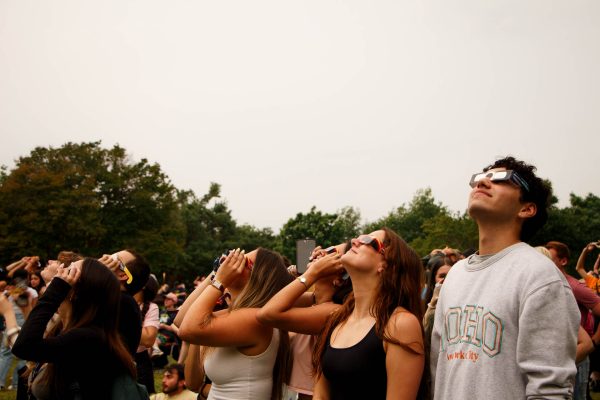3 Days Of ‘Headspace’: Meditation app requires routine for user results
‘Headspace’ launched in 2010.
I’m sure at one point in all of our lives, we have thought about how we could better our lives without having to put too much effort into it. For me personally, I find myself way too stressed most of the time and without a spare moment to try and relax.
Enter Headspace, an app that leads the user through guided meditation and promises to help you clear your mind and reduce your stress. Since there are many apps out there that promise this kind of thing, I figured I’d spare the readers the trouble and do a three-day review of the app.
Day One
I have to admit, the app itself is very aesthetically pleasing and user-friendly. When you first open the app, it asks what you would like to focus on for the next 10 days. I decided to select the option of trying to sleep better, as I often have trouble falling asleep and clearing my head.
The major con of the app is the price. There are few packs that are completely free to the user, and the ones that are free are the very basic ones. It is $12.99 a month, $94.99 for the year and $399.99 for a lifetime subscription. Most college students would probably balk at these prices, and the basic packs seem to be enough. They also offer free sessions for other packs that would otherwise cost money.
I’ll be completely candid: the first night that I tried this app was very weird. I was very unaccustomed to just sitting there and trying to clear my thoughts. The app guides you through the meditation by having a British man speak instructions to the user for either three or five minutes.
It basically has you focus on your breathing and try to clear your thoughts, but lets you know that it is ok if your mind starts to wander. While going through the motions, my chest started to feel restricted, I had the constant urge to get up and move and it felt very strange. On the plus side, it did make me feel very relaxed and helped clear my head.
Day Two
The second day that I used the app was a much better experience than the first day. After doing the three minute session, I had a lighter feeling in my head which was strange but not unwanted. I started trying to visualize pushing away any thoughts that came into my head that were not focused on my breathing, something that the app encourages.
Though I found it hard to stay consistent with the app and do it every night before I went to bed, it was nice to have something relaxing to do at the end of the day. It made me more aware of my surroundings after I finished my session. It was after this day that I decided to try and do a session while laying down, instead of sitting up like I had been previously doing.
Day Three
Laying down during my session was one of the best things I ever decided to do. I instantly found it easier to relax and focus on my breathing. Note to any other users: make sure to turn your notifications off, as I did not and ended up being distracted by the buzzing.
This was also the day that I discovered that I have restless leg syndrome, and that I have knees that are dying to be cracked once they’re laying perfectly still. However, on this day, I had the best experience with my breathing feeling better.
Is It Worth It?
This may come as a disappointment to many readers trying to reduce their stress level, but I honestly can’t see myself coming back to this app after I finish reviewing it. Maybe it’s just me but I am very bad at clearing my head after a long day.
It is also hard to remember to work it in everyday, even with the notifications that the app will send you. For someone who does not have a racing mind, this will be the perfect app for you. As for this writer, I will just have to keep searching for other ways to lower my stress.
Rating: ✩✩✩ out of ✩✩✩✩✩
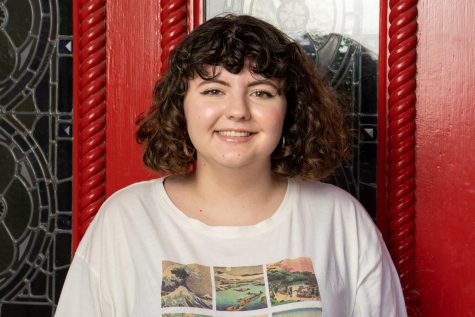
Hi! My name is Sierra Rozen and I'm the Life and Arts editor. I'm a senior Communication major, with double minors in Journalism and Women's Studies. This...


